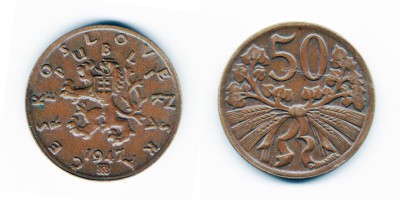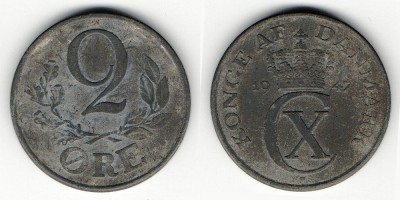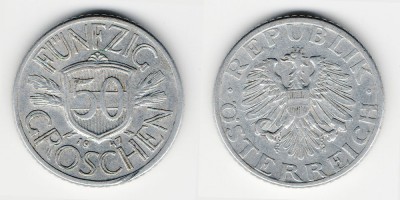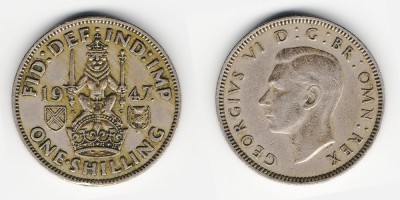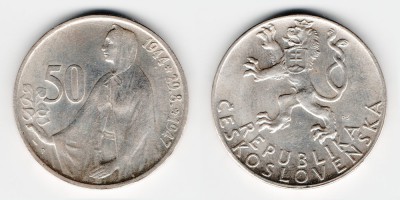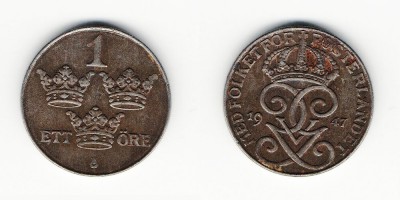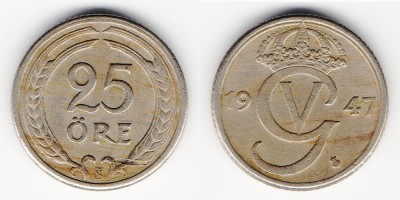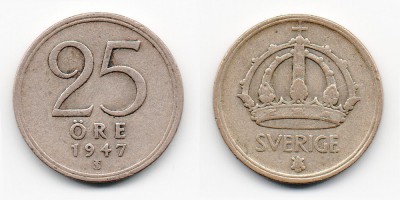USSR coins
This year has become very interesting for modern coin collectors. In 1947 about 523 million pieces of penny coins of various denominations were minted in the Leningrad Mint.
All of them by order of the government did not go into circulation and were melted down. The reason is the wrong number of ribbons encircling the ears on the coat of arms, and the corresponding number of union republics. There should have been 16 of them, and on the front side stamp (obverse) there were 15 ribbons - 7 on the right and 8 on the left. The central band is no longer considered.
To this day, only a couple of dozen coins of different denominations have been preserved. They are rare and cost a lot of money - in the area of a new foreign car of the middle class.
Today you can find such coins in the catalogs:
- 20 kopecks, material - bronze, width - 2.18 centimeters;
- 15 kopecks from a bronze alloy, with a diameter of 1.956 cm;
- 10 kopecks, minted from a bronze alloy, 1.797 centimeters wide;
- 5 kopecks from bronze, with a diameter of 2.5 centimeters;
- 3 kopecks, bronze, width - 2.2 cm;
- 2 pennies, minted in bronze, have a diameter of 1.8 centimeters;
- 1 kopek, material - bronze, 1.5 cm wide.
Other coins
- 20 francs, made in Monaco of copper-nickel alloy, weighing 10 grams, with a diameter of 3.0 centimeters;
- 50 centavos, minted in Colombia from silver, weighing 12.5 grams. and a diameter of 3.0 cm;
In 1947, France issued coins of such denominations:
- 50 centimes, made of aluminum, weighing 0.7 g., Width 1.8 cm;
- 1 franc, material - aluminum, weight 1.3 grams, diameter 2.3 centimeters;
- 5 francs, minted from aluminum, weighing 3.5 grams. and 3.1 cm wide;
- 10 francs, made of copper-nickel alloy, mass of 7 grams, diameter 2.6 centimeters.
All French coins belong to the period of the Fourth Republic, and were regularly issued from 1944 to 1959.
 Russian
Russian English
English Deutsch
Deutsch Spanish
Spanish Português
Português


